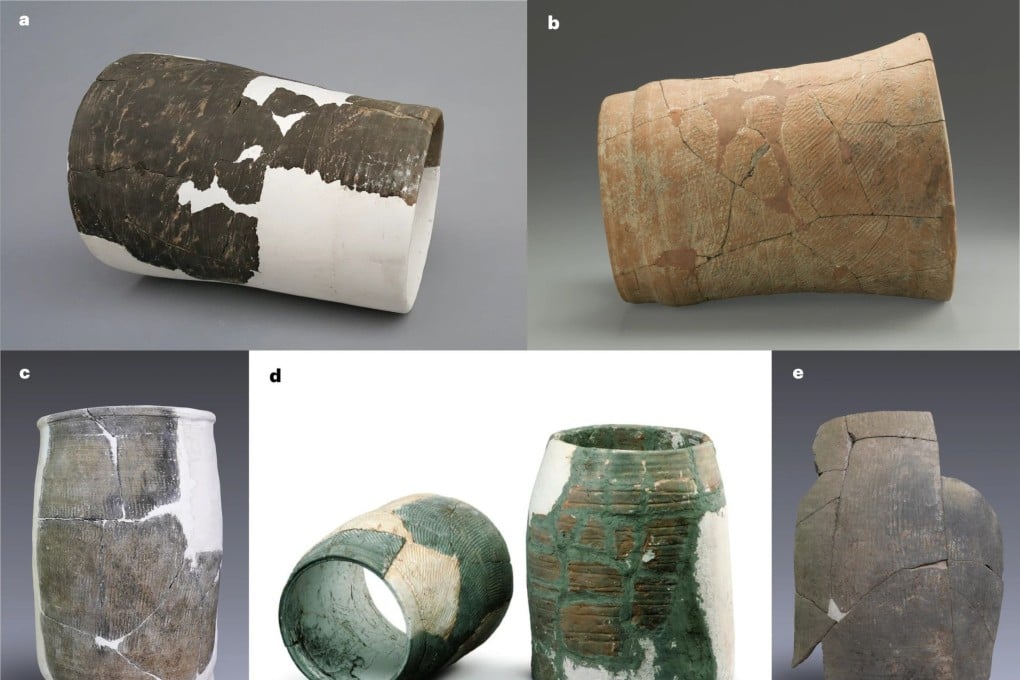How an ancient Chinese city used ‘collective power’ to divert the threat of floods
- The Neolithic Pingliangtai people built and maintained a drainage system with input from the whole community, researchers say
- The communal approach set them apart from the centralised hierarchies of the time

The team from China and Britain said the Pingliangtai people were part of a “collective social governance” society rather than a centralised hierarchy when they created the ceramic water management system 4,000 years ago in what is now Henan province.
The system operated mainly at the household and communal levels and would have required input from the whole community, according to the study published in the peer-reviewed journal Nature Water on Monday.
“The construction and maintenance of the drainage systems and other public facilities were operated within a heterarchical social structure, which differs from the pyramidal power structure we are more familiar with,” said Zhuang Yijie, the study’s corresponding author and a researcher with the University College London’s Institute of Archaeology.

The Pingliangtai ruins were discovered in the 1980s and form the earliest well-planned prehistoric city in China.
